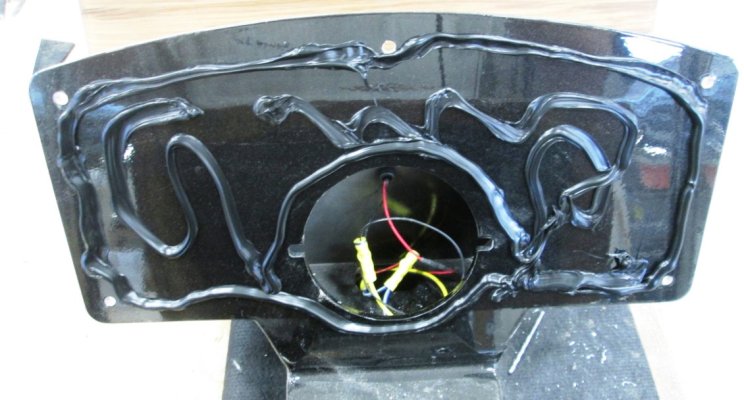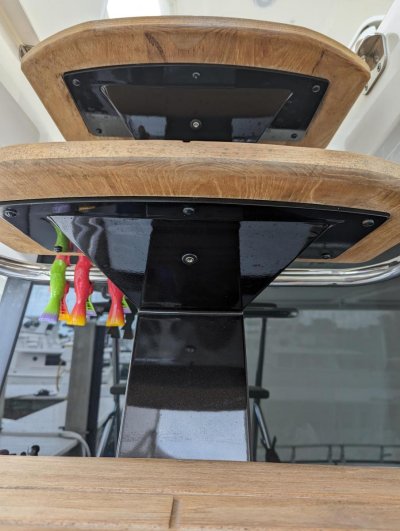sum escape
Senior Member
- Joined
- Jun 30, 2014
- Messages
- 235
- Location
- Cruising, currently Longboat Key, FL
- Vessel Name
- Sapphire
- Vessel Make
- Tiara 53 Fly
I have teak steps which are glued to the steel staircase frame. I need to remove a couple of them to access wiring for the step lights to replace a couple that burned out.
Tiara tells me they used either Teak Deck Caulking SIS440 or Seal Bond SB105 (5293050). I attached a couple photos showing the original assembly and the stairs as installed on our boat.
Any ideas on how I can "break" this bond to remove the stair step will be much appreciated. Thus far, after removing screws and striking it with a rubber mallet only proves how solidly it was installed... Perhaps there is a product I can squeeze in the screw holes that can start to penetrate and dissolve the adhesive? I don't want to start prying and break a stair.
Thanks.
Tiara tells me they used either Teak Deck Caulking SIS440 or Seal Bond SB105 (5293050). I attached a couple photos showing the original assembly and the stairs as installed on our boat.
Any ideas on how I can "break" this bond to remove the stair step will be much appreciated. Thus far, after removing screws and striking it with a rubber mallet only proves how solidly it was installed... Perhaps there is a product I can squeeze in the screw holes that can start to penetrate and dissolve the adhesive? I don't want to start prying and break a stair.
Thanks.


